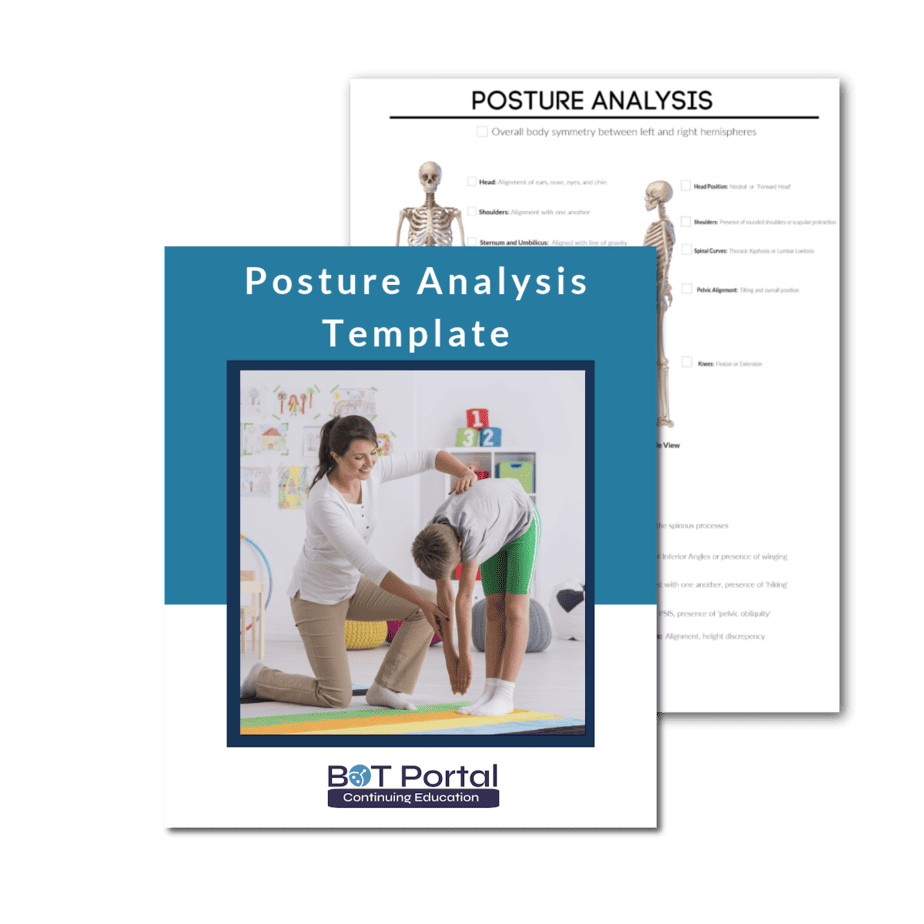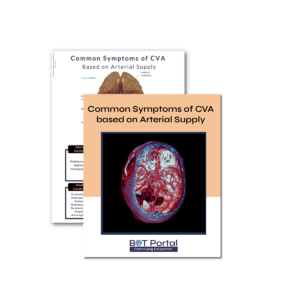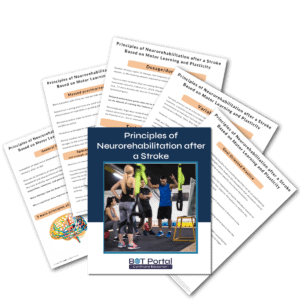Description
Posture Analysis
In occupational therapy, educating individuals on posture analysis is paramount for optimizing occupational performance and enhancing overall well-being. Posture plays a significant role in daily activities, influencing comfort, efficiency, and musculoskeletal health during tasks such as sitting, standing, and moving. By understanding the importance of postural awareness and recognizing signs of poor posture, individuals can improve their ability to engage in activities safely, comfortably, and effectively.
The single-page resource illustrating postural analysis provides a valuable tool for occupational therapy practitioners and their clients. It features a checklist and reminders of what to look for when analyzing posture, including key indicators such as alignment of the head, neck, shoulders, spine, hips, and feet. Additionally, the resource highlights common postural deviations and imbalances that may contribute to discomfort, fatigue, and musculoskeletal issues during daily activities.
Occupational therapy emphasizes the importance of postural education in occupational performance, as poor posture habits can lead to a range of adverse effects, including muscle strain, joint stiffness, and reduced mobility. By raising awareness of proper posture alignment and providing practical guidelines for postural analysis, occupational therapists empower individuals to identify and address postural issues proactively, preventing long-term health problems and optimizing functional outcomes.
For example, a student experiencing back pain due to slouching posture while studying may benefit from postural analysis and education provided by their occupational therapist. By learning how to assess their posture, recognize signs of poor alignment, and implement corrective strategies such as ergonomic adjustments and postural exercises, the student can alleviate discomfort, improve concentration, and enhance academic performance.
Ultimately, educating individuals on postural analysis enables them to take ownership of their musculoskeletal health and make informed decisions to support their occupational goals. Through targeted education, personalized interventions, and ongoing support, occupational therapy empowers individuals to adopt healthy posture habits, reduce the risk of injury, and optimize their overall well-being during daily activities and tasks. By utilizing resources such as the postural analysis checklist, individuals can enhance their postural awareness, make positive changes to their posture, and maintain optimal occupational performance throughout their lifespan.
Some other helpful links:
Check out BOT Portal: Resource Site for Occupational Therapy Students and Practitioners




